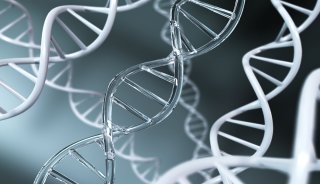Functional Genomics and Structural Biology in the Definition of Gene...
By mid-2007, the three-dimensional (3D) structures of some 45,000 proteins have been solved, over a period where the linear structures of millions of genes have been defined. Technical challenges associated with X-ray crystallography are being overcome and high-throughput methods both for crystallization of proteins and for solving their 3D structures are under development. The question arises as to how structural biology can be integrated with and adds value to functional genomics programs. Structural biology will assist in the definition of gene function through the identification of the likely function of the protein products of genes. The 3D information allows protein sequences predicted from DNA sequences to be classified into broad groups, according to the overall ‘fold’, or 3D shape, of the protein. Structural information can be used to predict the preferred substrate of a protein, and thereby greatly enhance the accurate annotation of the corresponding gene. Furthermore, it will enable the effects of amino acid substitutions in enzymes to be better understood with respect to enzyme function and could thereby provide insights into natural variation in genes. If the molecular basis of transcription factor–DNA interactions were defined through precise 3D knowledge of the protein–DNA binding site, it would be possible to predict the effects of base substitutions within the motif on the specificity and/or kinetics of binding. In this chapter, we present specific examples of how structural biology can provide valuable information for functional genomics programs.





































